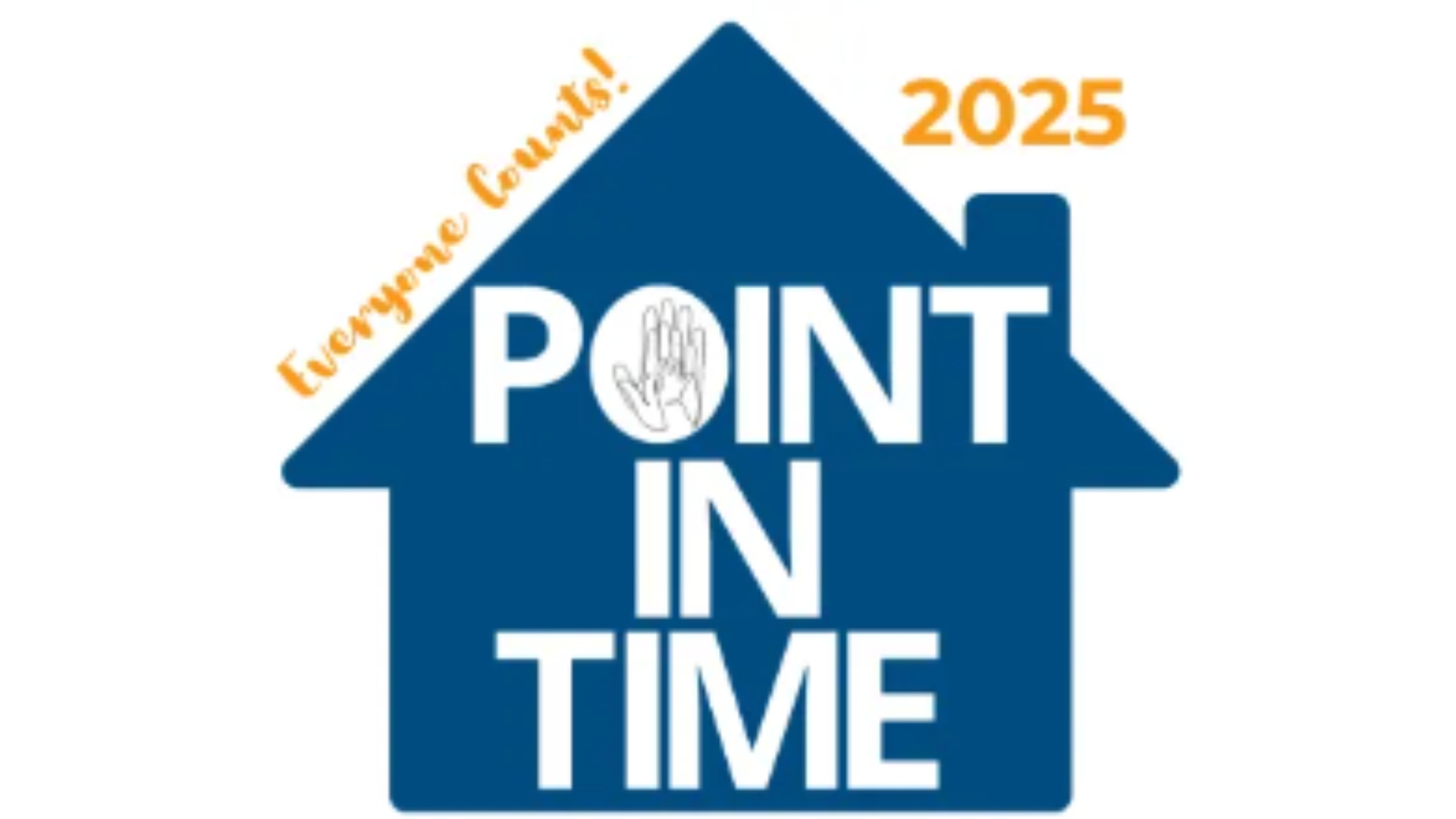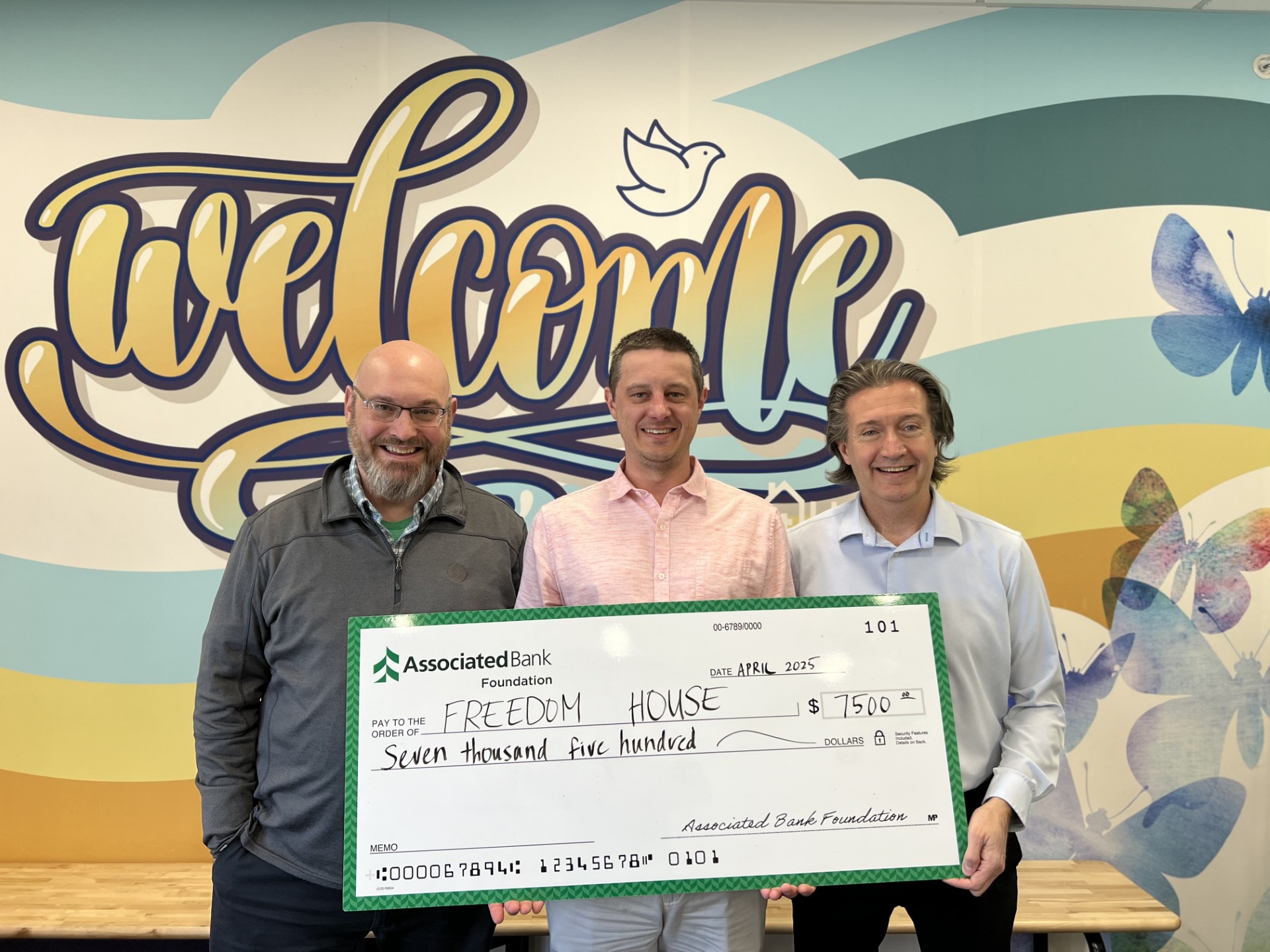Do lower counts of homeless people on the streets call for funding cuts?

In This Article
Written by Bill Wright, staff member at Freedom House Ministries
On the second floor of a brick building on the West side of Green Bay, I found a small group of resolute staff and volunteers assembled to conduct a scheduled count of people who are unhoused in the early hours of a cold and wintery night.
A “point in time count” (PIT count) is a survey conducted on a single night to record the number of people experiencing homelessness in a given area, capturing a snapshot of the homeless population at that exact moment, including both sheltered and unsheltered individuals. It’s mandated by the U.S. Department of Housing and Urban Development (HUD) and carried out by local agencies called Continuums of Care (CoCs) to inform policy makers and ensure resource allocation related to homelessness.
I arrived early for my 1:30 am assignment and was met at the door by a very tired looking gentleman who warmly welcomed me to the Northeast Wisconsin Community Action Program; a non-profit organization formed in 1965 to combat poverty and commonly known by the acronym NEWCAP. He ushered me upstairs to a long conference room filled with around a dozen people reporting their findings, arriving for their assignments, or organizing the volunteers.
I was immediately struck by the spirit of the team; there was a palpable feeling of excitement and camaraderie regardless of the incredibly early hours. A cheerful but clearly fatigued staff member greeted me, and I provided my volunteer forms. I found I was to be placed on a team with two of my colleagues from Freedom House Ministries who had also volunteered their time for this important task and another staff member of Wise Women Gathering Place.
We received a basic supply kit of essentials we could offer and other resources to help any individuals or families we might find. Our route had been pre-determined based on previous experiences of counts conducted in the past and focused on areas known to be frequented by those struggling with homelessness.
After further clarification of our duties and responsibilities by the NEWCAP staff, I offered to drive, and we set out for our search on a frigid dark night with a fine dusting of snow starting to fall, the forecast showed 15 degrees Fahrenheit and falling. I would later learn from the more experienced volunteers this would be an advantage; they had learned to recognize the signs of people living out of vehicles in the winter.
We looked for cars with the motors running, fogged up windows, and the tracks left in the snow showing habitation in the area. Our route would take us approximately 40 miles into a mixture of rural, industrial, and residential areas. Our destinations were sometimes remote and known only to those troubled souls who looked for a reprieve from the harsh winter nights of Wisconsin. The spots ranged from a lonely playground, an empty city park, a tucked away parking lot, a 24-hour laundromat and several other secluded areas. Individuals and families seek refuge to escape the bitter cold and the even more bitter reality that they may be roused from their slumber by the police or worse by those meaning to cause them harm.
As we continued our route, we broke up the time between destinations speaking about our experiences, pondering the paths that lead to dire circumstances, and discussing the importance of having empathy for others. We completed our assignment, and our team found no one.
Did our team fail? In my opinion no. The Point in Time count was for Brown County and according to the U.S. Census Bureau, the county has a total area of 616 square miles (about half the area of Yosemite National Park). That is an enormous area to search, and we had to ensure known locations were checked by our team and be alert for possible people experiencing homelessness as we traveled. Our efforts provided knowledge and data to be used by decision makers.
Upon returning to the NEWCAP facility at 3:30 am to report our findings, we heard the stories from the other volunteers. The teams were reporting on finding homeless people. However, the numbers were fewer than in the past. As I was listening to the discussions of lower numbers, I could see the concern grow on the faces of the organizers. They understood extremely well that lower numbers will lead to less funding.
It is from my perspective that this would be a mistake on the part of government policy makers. A lower count shows that the previously allocated resources had been effective, and funding should be increased to help eliminate homelessness. As I see it, taking away or lowering funding for community-based programs continues to widen the gap between the impoverished and the lucky few who were born in a much different world. I quote Kazmyn Ramos, the president of the non-profit affordable housing organization Seeking 1610, from her article written for Inequality.org entitled In the World’s Wealthiest Country, Housing Should Be a Human Right and a Community Builder when she says, “The more we separate ourselves from our fellow humans, the more damage we do to all of us as a society.”
Freedom House Ministries relies on the community to support its shelter services and doesn’t accept federal dollars. This allows us to ensure our mission can continue to serve families experiencing homelessness in a way we feel honors each person as a human being. Our mission is through Faith and dignity, we shelter families so they can embrace self-worth and obtain stable housing.


